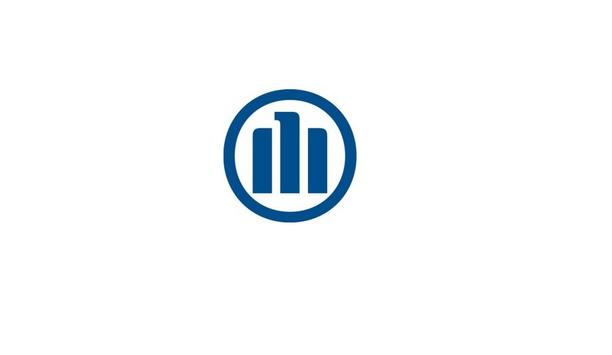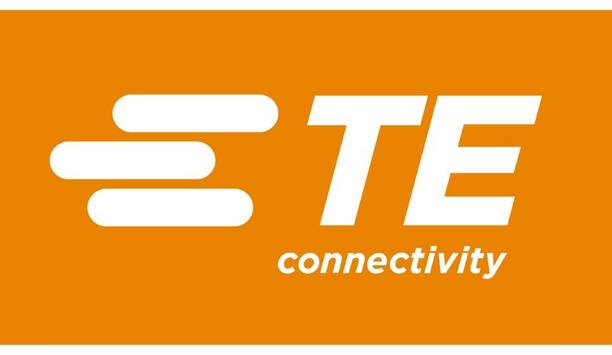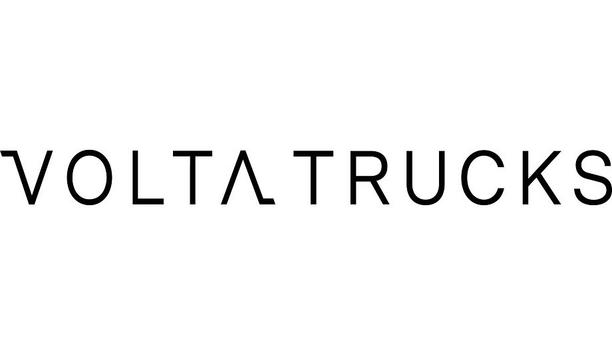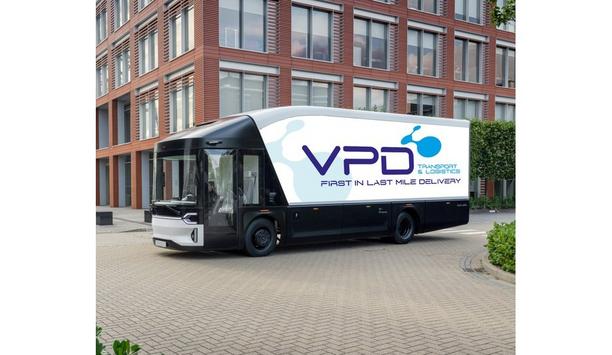In DESIGNETZ, 46 partners in three German federal states are investigating how a decentralized, digital and green energy system of the future will work. Possible solutions are being tested in a complex interplay of reality and simulation.
So far, the experts had set up sub-projects such as battery storage or power-to-heat systems individually and put them into operation, gathering knowledge about how the overall system could be set up.
bidirectional communication
DESIGNETZ is going live - individual systems are being integrated into the overall system
After four years of project work, the time has come: DESIGNETZ is going live - individual systems are being integrated into the overall system.
For the first time, bidirectional communication between real technical systems and the so-called system cockpit, which simulates network situations from 2035, is possible.
Energy transition
Thomas König, responsible for E. ON’s network business, said, “With DESIGNETZ going live, we have reached an important milestone. Based on the results, we will be able to show what the energy world of tomorrow may look like and which framework conditions the various actors still need to adapt for the energy transition to be successful. DESIGNETZ not only provides important impulses for us but also politics and regulation.”
Decentralized data hub
The technical systems of the DESIGNETZ sub-projects transmit their generation, consumption, and storage capacities (flexibility) to the system cockpit via a decentralized data hub, the Energy Gateway.
An energy storage unit estimates, for example, how much electrical energy it can store or feed into the distribution network during the test period. The system cockpit uses weather data to calculate the expected network load and the optimal use of flexibility, reporting to the systems which flexibility should be available.
Flexibility
The system cockpit can integrate current technical systems into a simulated energy supply system
During the test run, the system cockpit determines whether the systems in the sub-projects were able to provide the required flexibility as requested.
As a result, valuable experience is gained on how the connected technologies react to real requirements and what role technical malfunctions, weather changes, and system reaction times play. In addition, the system cockpit can integrate current technical systems into a simulated energy supply system for the year 2035.
standardization and digitization
The data obtained in live operation will be analyzed by the end of March and will be incorporated into the final results of the most comprehensive energy transition project ever. DESIGNETZ will make concrete statements on how network operators and flexibility providers can make flexibility usable or tradable for the market and in the distribution network in the future.
The findings from the project will also show how standardization and digitization must be further advanced and what the regulatory environment should look like so that technical flexibility potential can be used and the energy transition can succeed.






